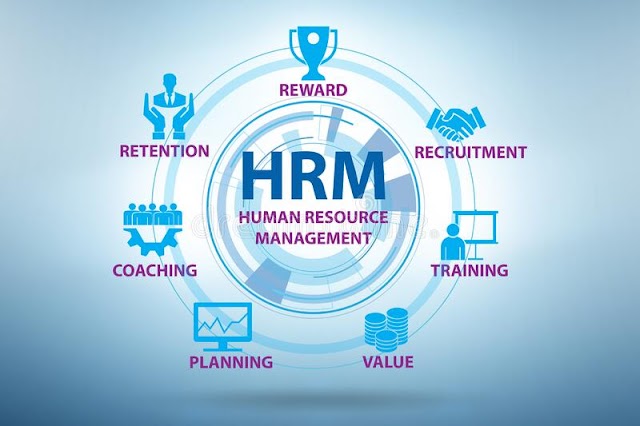5.1.What is Training and Development?
According to Swanson and Holton,(2001), Training and development is defined as a process of systematically developing work-related knowledge and expertise in people to improve performance.
Training and development in HRM refers to a system of educating employees within a company. It includes various tools, instructions, and activities designed to improve employee performance. It's an opportunity for employees to increase their knowledge and upgrade their skills.
“Training refers to the methods used to give new or present employees the skills they need to perform in their jobs” (Dessler, 2005).
“Development Programs designed to help employees develop skills and knowledge necessary to handle future responsibilities” (Sommerville, 2007).
5.2.Comparison between training and development
5.3.The importance of training and development
- Organizations that invest in employee training reach 11% greater profitability than organizations that don’t.
- 80% of employees note that more training and development opportunities would help them feel more satisfied in their jobs.
- 50% of employees are considering leaving their company due to a lack of training.
5.4.Employee training & development Methods
5.5.Common Workplace Training and Development Issues
- Work Overload.
- Overwhelming Content.
- Ineffective Training Methods.
- Varying Types of Learners.
- Digital Transformation.
- Costly Training Expenses.
- Geographic Limitations.
- Negative Company Culture.
References
Swanson, R. A. (2001). HR development & underline theory. pp. 299-312.[Accessed 05 April 2024].
Dessler, G. (2005) Human Resource Management. 10th Edition, Prentice Hall, Upper Saddle River.[Accessed 05 April 2024].
Sommerville, K. (2007). Hospital Employee Management & Supervision. Canada: John Wiley.[Accessed 05 April 2024].
Swanson, R. A. (2007). HR development & underline
theory. pp. 299-312.
https://seismic.com/enablement-explainers/the-difference-between-training-and-development/
https://www.skillshub.com/training-development-issues-workplace/






.jpg)

.jpeg)
9 Comments
This blog provides a comprehensive overview of training and development in HRM, highlighting its importance, methods, and common issues. Overall, this note serves as a valuable resource for understanding and addressing training and development challenges in today's dynamic workplace.
ReplyDeletetraining and development enhance the employee skill and knowledge while it's indirectly increase the employee satisfaction. the article well describe the theoretical aspects in training and development.
ReplyDeleteTraining and development play a pivotal role in shaping a skilled and adaptable workforce, and this blog post eloquently explores their importance within the realm of Human Resource Management (HRM).
ReplyDeleteDone emphasizing how training and development benefit companies and their workforces! It's simple to understand why these programs are important because of the way you've presented the advantages.
ReplyDeleteInsightful exploration of training's importance and methods. Highlights key issues and solutions effectively. Valuable resource for understanding HRM's training landscape.
ReplyDeleteTraining and development in human resource management are indispensable components for enhancing the performance and growth of an organization's workforce. It involves a systematic process to cultivate job-specific knowledge, skills, and competencies that employees need to perform effectively. The investments made into these programs are significant, yet they yield substantial returns in terms of profitability, employee satisfaction, retention, and overall organizational competitiveness.
ReplyDeleteTraining and development is an important topic in HR. If there are well trained employees, operations will be easier, and the organization can achieve their targets well.
ReplyDeleteTraining and development is one of key parts of an organisation to develop skillful workforce in future...good article
ReplyDeleteTraining and development are crucial components of HRM, enhancing employee skills, knowledge, and performance. Investing in training leads to higher profitability, job satisfaction, and talent retention.
ReplyDeleteI love how you went above and beyond in explaining and comparing training and development.
Nice article with valuable information. Thank you for sharing.